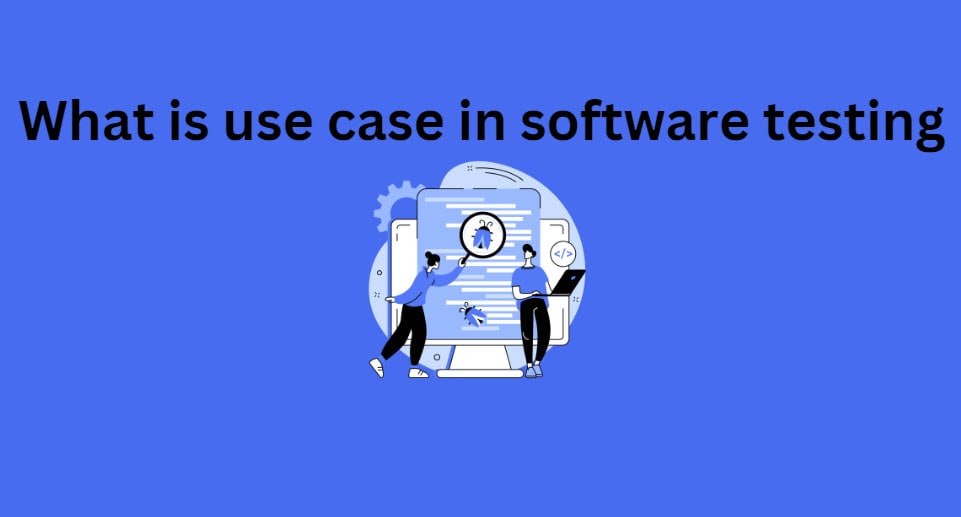A use case in software testing is a method of identifying and defining system requirements that focuses on the interactions between a system and its users. It defines how a user will interact with a system to achieve a specific goal.
Use cases can be extremely valuable in software testing because they allow for functional testing from the user’s perspective. A use case might specify a series of steps, usually involving interactions between the user and the system, that lead to a particular outcome.
A use case in software testing usually consists of the following elements:
- Actor: An individual or a system that interacts with the system to achieve a specific goal.
- Use Case Name: A clear, short, and active description of an accomplishment.
- Preconditions: The state of the system before the use case begins.
- Main Flow: The typical sequence of activities a user undertakes to complete the goal.
- Alternate Flows: These are the alternative actions that can be performed apart from the main flow.
- Postconditions: The state of the system after the use case ends.
Here’s an example of a simple use case for a banking application:
Title: Withdraw Cash from ATM Actors: Bank Customer, Bank
- The customer inserts their bank card into the ATM.
- The ATM asks the customer to enter their PIN.
- The customer enters their PIN.
- The ATM validates the PIN.
- The ATM asks the customer to enter the amount they want to withdraw.
- The customer enters the amount.
- The ATM dispenses the requested amount if it is available in the customer’s account and in the ATM.
- The ATM issues a receipt.
- The customer takes their card, money, and receipt.
Each step in this use case might be a separate test case. For instance, you might have tests to confirm that the system responds appropriately if the customer enters an invalid PIN, or requests to withdraw more money than is available in their account or in the ATM.
When a use case is designed to cover a specific path through the system, it’s known as a “happy path” use case, which means it’s an example of normal, expected behavior. There are also “alternative” and “exceptional” use cases, which are designed to cover less common scenarios or error conditions.
You may also like to check the related articles
In short, use cases in software testing help to ensure that the software behaves as expected when a user interacts with it in specific ways.

My name is Madhu, and I’m a certified Test Consultant with more than 16 years of hands-on experience developing and maintaining manual and Test Automation in the Software industry. I have experience with automation tools such as Selenium, Katalon Studio, etc.
